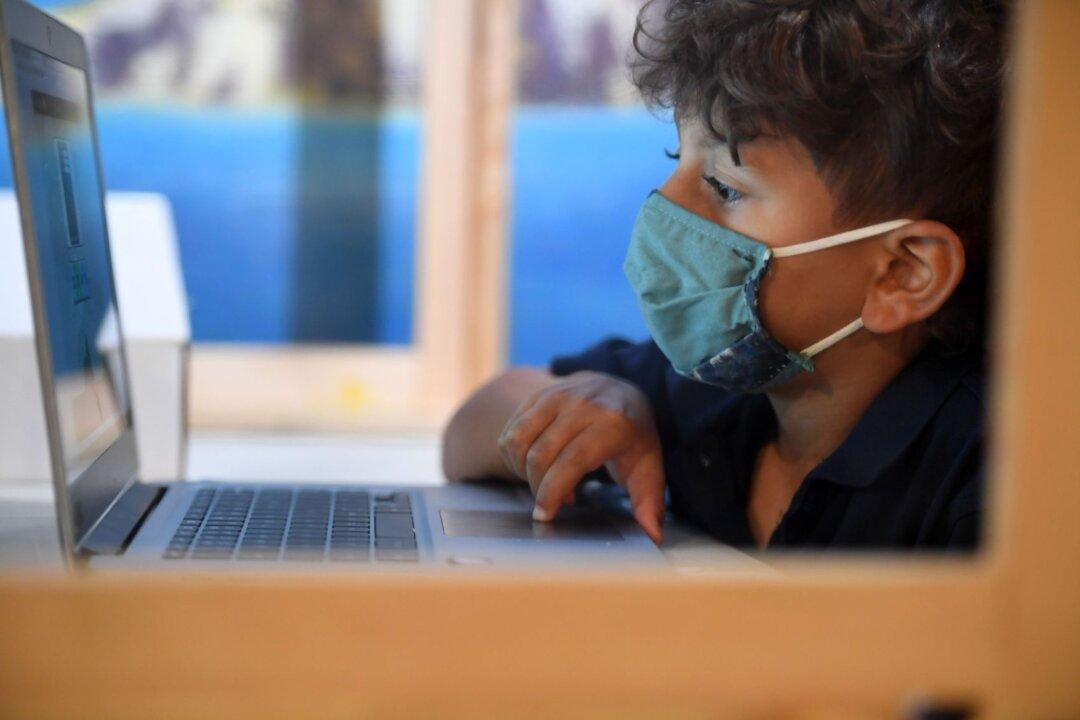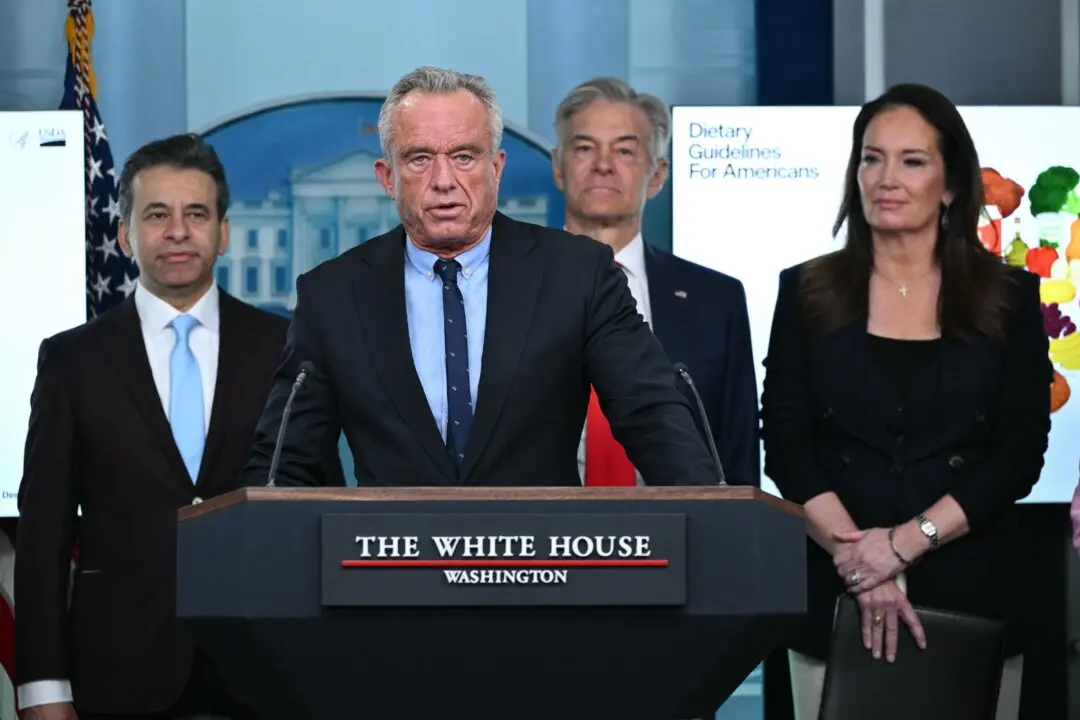Democrats defended school closures while Republicans called the decisions one of the worst policy mistakes of the COVID-19 pandemic during a contentious House hearing on July 26 titled “Generational Learning Loss: How Pandemic School Closures Hurt Students.”
A subcommittee from the House Committee on Education and the Workforce heard testimony from witnesses in the forum chaired by Rep. Aaron Bean (R-Fla.).





